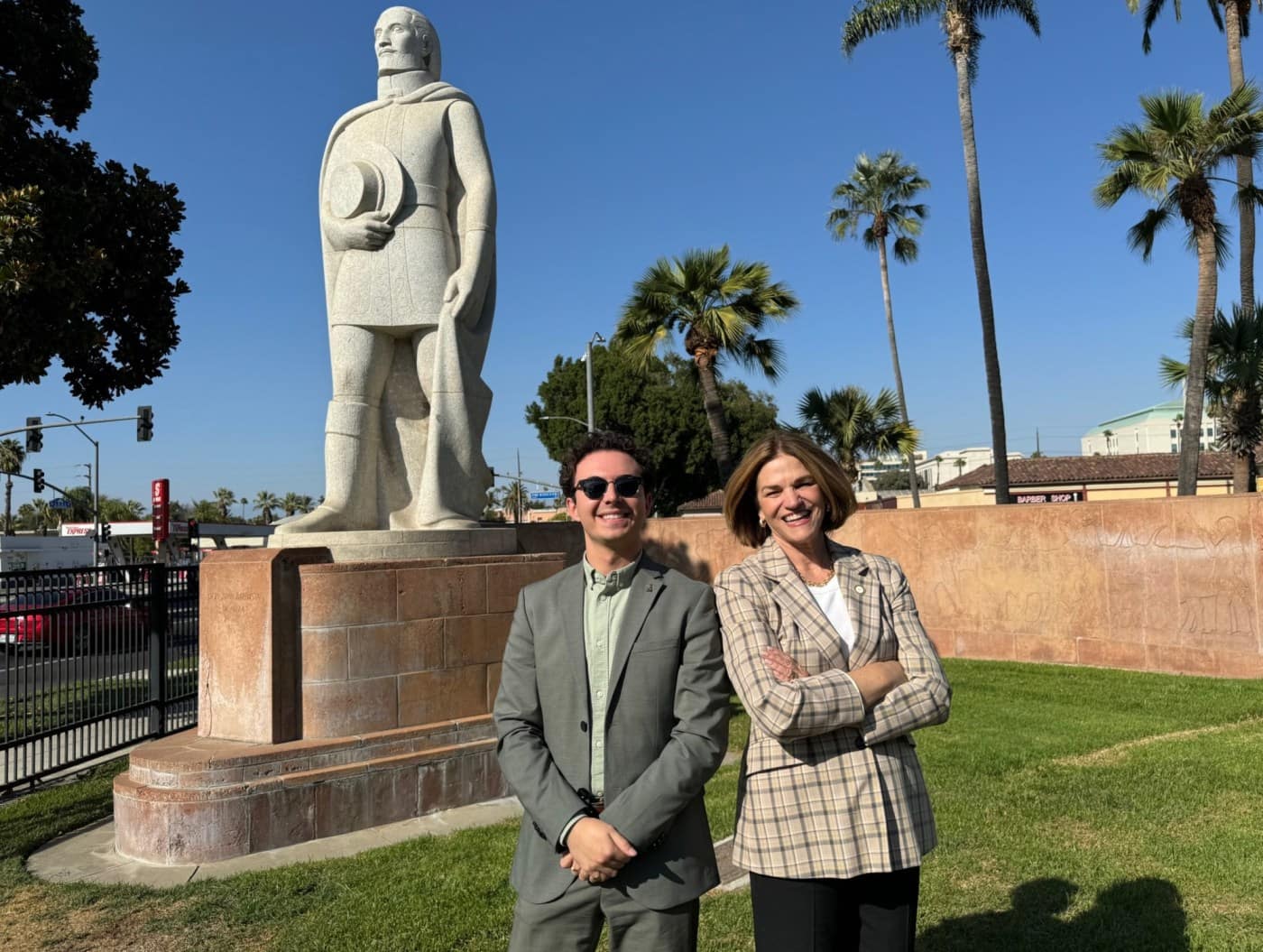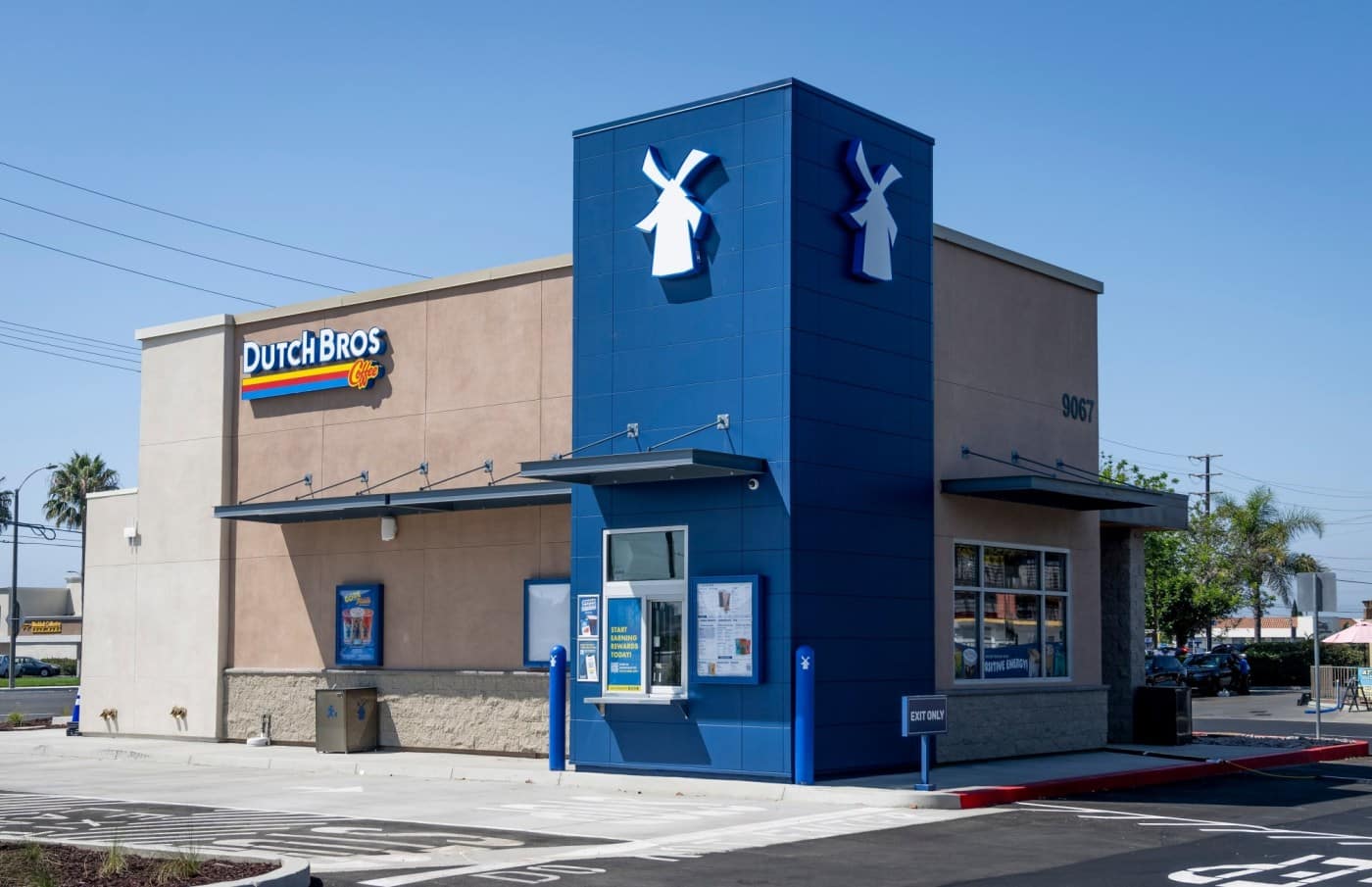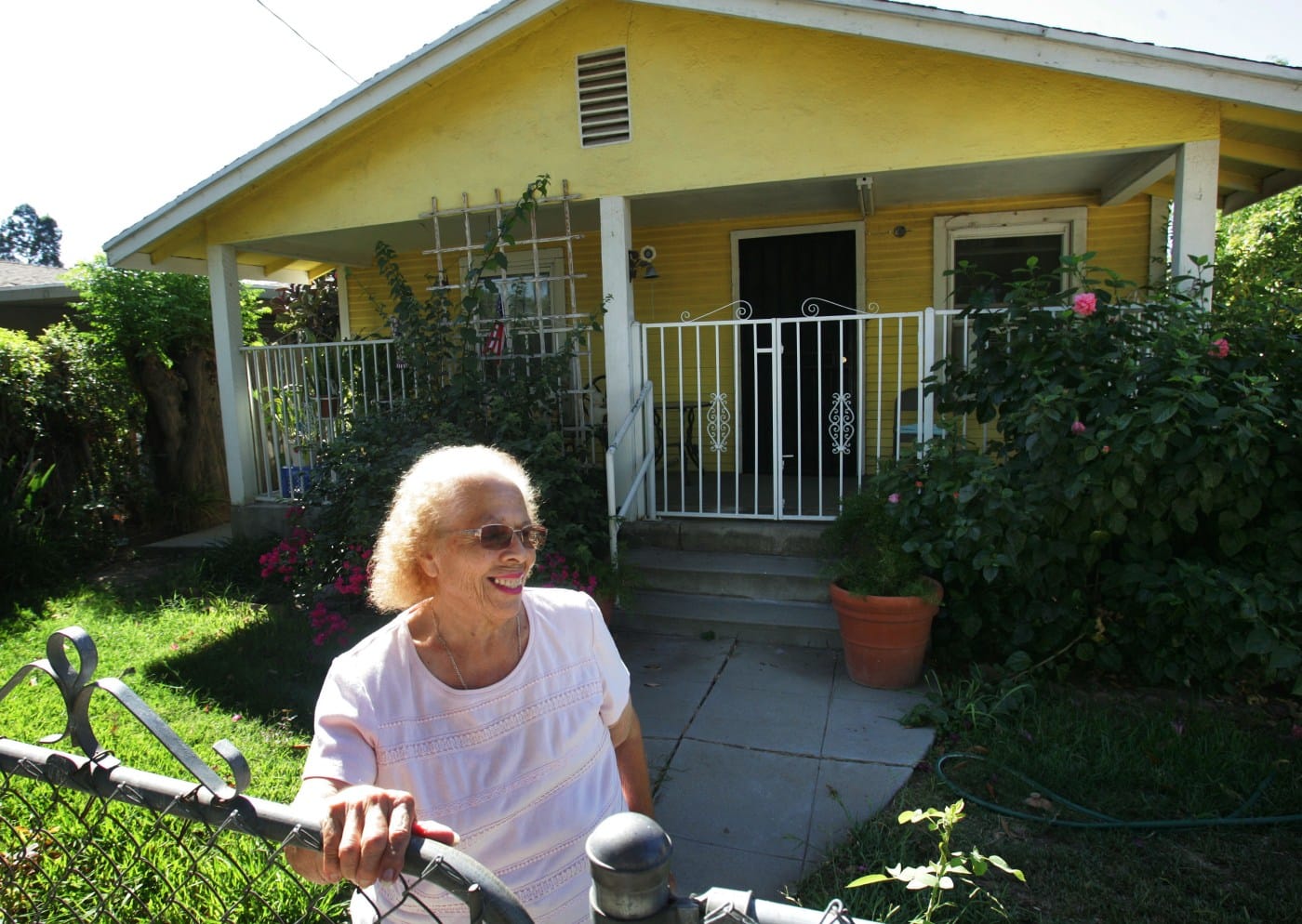Generations of Riversiders used to drive past the statue of Juan Bautista de Anza. Right past it, in fact: The statue stood on a triangular median with traffic flowing by on three sides.
Patricia Lock Dawson, now the mayor, remembers that sight as a young driver.
In making a soft right turn off Magnolia Avenue toward 14th Street, the towering statue would be on her left. “It was a focal point of your drive. It drew attention to it,” Lock Dawson recalls.
No man is an island, but De Anza came close.
In 1987, the cutoff was filled in with turf. That expanded tiny Newman Park slightly. Later still, the park was fenced off. These might have been good ideas, but ever since, drivers go past on Magnolia and barely notice the granite figure.
Can we say that the statue is taken for granite?
Compare that to the 1920s Madonna of the Trail monument in Upland on the Euclid Avenue median. Because the sculpture of the pioneer woman faces Foothill Boulevard, and some drivers make a sweeping left turn in front of it, thousands see it daily. That builds a natural constituency.
Who will speak up for De Anza? Lock Dawson, for one. And Philip Falcone, a councilmember, for another.
The 1940 relief wall behind the De Anza statue in Riverside is visibly crumbling, as Philip Falcone points out, and the aggregate brick is discolored in places due to water from sprinklers. (Photo by David Allen, Inland Valley Daily Bulletin/SCNG)
They are leaders of Beautify Riverside, an initiative by the mayor’s office. It’s raised funds for murals around the city — including “Historic Riverside,” the wall-spanning mural downtown about which I’ve written — and for neighborhood cleanups and landscaping.
Now the pair have turned their attention to the statue, erected in 1940 as a federal Works Progress Administration project. Under Beautify Riverside letterhead, they sent out a fundraising pitch recently with some history of City Landmark No. 73 and a description of what they think ought to be done and why.
“Today, nearing the eve of its 85th anniversary,” one sentence begins, “the statue, pedestal base and relief wall are in dire need of preservation…”
It’s not that Lock Dawson and Falcone are cheerleaders for De Anza, who sought an inland route to supply Mission San Gabriel. But they are fans of 1930s architecture, of WPA projects and of Riverside history. They also think public monuments should be cared for rather than allowed to languish. Civic pride is at stake.
On Wednesday afternoon, Lock Dawson, Falcone and I convene at Newman Park. The temperature is in the 80s, which is about 30 degrees cooler than when we set the date during the heatwave.
With the cutoff street long gone, we are in no danger as we walk from the Riverside Sport Hall of Fame Wall of Distinction across the lawn toward the statue.
We also are in no danger of encountering the public. Newman Park is rarely visited despite standing at a busy intersection. It’s hard to blame the public. The small splotch of green, surrounded by a fence, isn’t that inviting.
The statue that once meant so much to Riverside is now “an afterthought,” Lock Dawson laments.
An undated postcard view of Riverside’s De Anza statue. The park has since been surrounded by a fence and previously had a short cutoff street, since filled in, a few yards in front of the statue. (Courtesy Riverside Main Library)
As faithful readers will recall, the 250th anniversary of De Anza’s journey was commemorated here in March. The Spanish expeditionary leader and his group, which left Arizona in January 1774, traveled through the San Jacinto Valley, Riverside, Ontario and beyond.
De Anza was the first outsider to document a visit to the Inland Empire. I hope he left us a good review on Yelp!
His route was only retraced by a scholar in 1930, and the determination that De Anza took a more inland route rather than crossing the Mojave caused a swell of pride in Riverside, historian Steve Lech told me in March.
Riverside businesses put De Anza in their name — what might the 18th century explorer have made of being namesake to De Anza Muffler? — and the towering statue was commissioned.
It was almost immediately the object of pranks, a topic I may return to sometime. (If any of you have recollections of that, or were involved firsthand, drop me a note. I’m pretty sure the statue, er, statute of limitations has expired.)
Up on his five-foot pedestal, De Anza stands in a noble pose, gazing off toward the arroyo he traversed, one hand holding his hat at his chest.
The stripped-down, slightly rounded forms are characteristic of the Art Deco era, Lock Dawson observes. Falcone compares the figure to the Muses at the entrance to the Hollywood Bowl. I can see that.
The figure is in decent shape for having stood in the elements for eight decades (and with its hat off). But it could use a little work here and there.
Also, some maintenance. What might be a hornet’s nest has developed under one ear. Also, there’s a cobweb at De Anza’s crotch.
Note to the Parks Department: Does anyone have a ladder and a feather duster?
More concerning are the cracks in the base. Then there is the curved wall behind the statue bearing a relief carving of De Anza’s second expedition. One edge of the wall is crumbling. And parts are discolored. That’s due to spray from the lawn sprinklers, Falcone says.
Philip Falcone, a councilmember, and Patricia Lock Dawson, the mayor, are leading a private fundraising effort to beautify Riverside’s De Anza statue and its surroundings. (Photo by David Allen, Inland Valley Daily Bulletin/SCNG)
The entire monument and its bare-bones text reflects 1940s attitudes. Falcone and Lock Dawson envision freestanding interpretive panels to provide context.
“There’s more to tell here. People have mixed emotions about De Anza,” Falcone says. “There’s a Native American story to tell too.”
Other panels could recount how the monument came to be and how it reflects Riverside’s onetime fixation on De Anza’s visit, including the nearby De Anza Theatre and the once-annual De Anza Days celebration.
Landscaping should be replaced and some Sport Hall of Fame elements that intrude jarringly near the statue should be removed, says Falcone. He’s on the institution’s board.
Related Articles
Bowling’s 1950s boom in suburbs gets fresh spin in new book
Silverlake Coffee, an oasis in a turbulent world, is closing
Readers share personal stories from Ontario’s Jay Littleton Ball Park
Redlands to get Inland Empire’s second Shake Shack
Downtown Upland to get 32 townhomes, with more housing coming
The fundraising letter signed by Lock Dawson and Falcone says that “the necessary work on this landmark will be in excess of $20,000.” Donations may be sent to the Riverside Arts Council, 3700 6th St., Riverside 92501 with “Beautify Riverside” in the memo line.
William Bailey Sr., a retired judge and father of the previous mayor, got things started with $5,000.
I am making an in-kind contribution: today’s column.
David Allen writes Sunday, Wednesday and Friday, cheaply. Email dallen@scng.com, phone 909-483-9339, like davidallencolumnist on Facebook and follow @davidallen909 on X.



